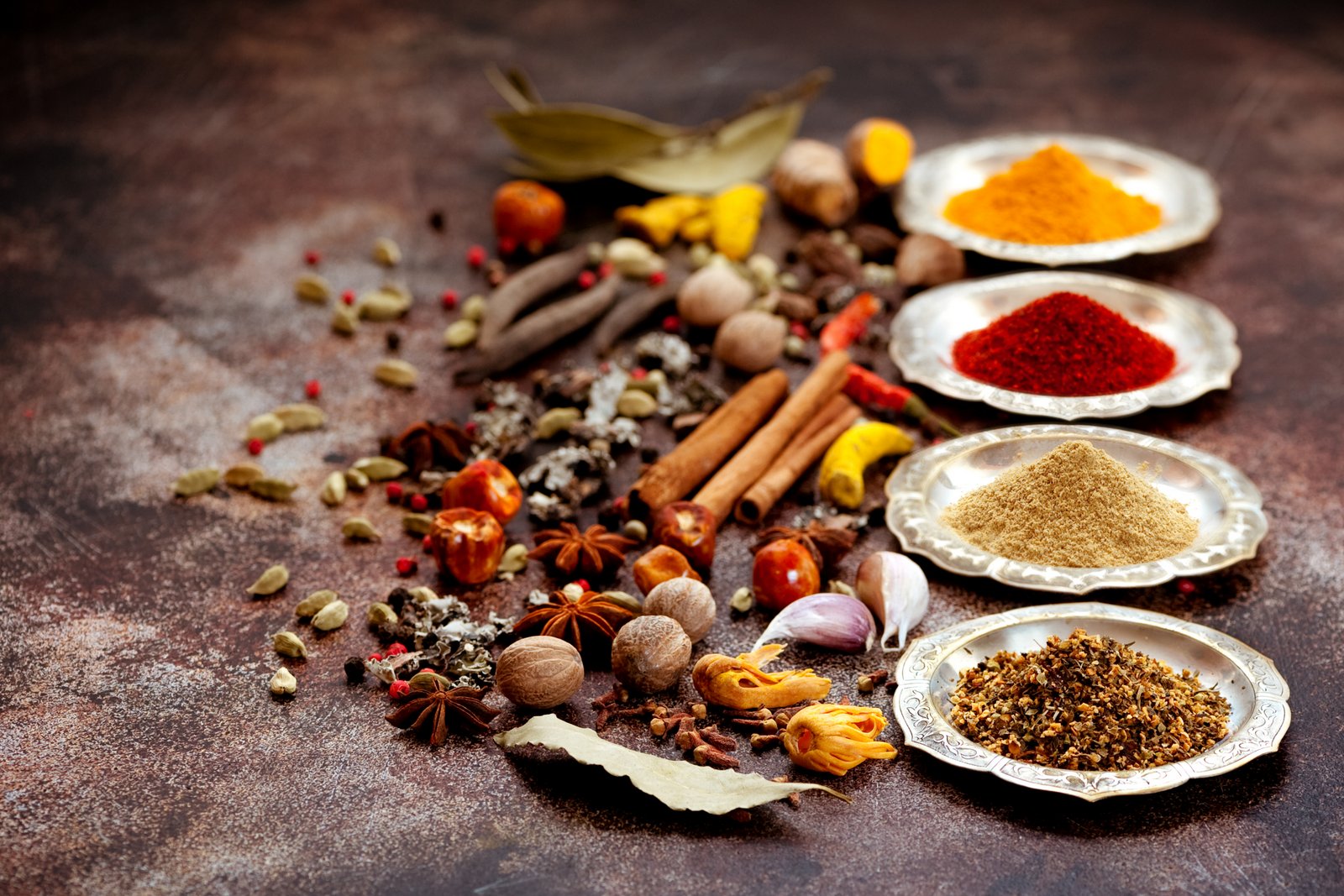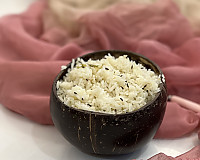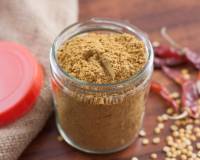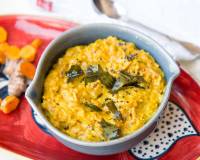Aromatic spices are quintessential to Indian cuisine. These spices are what imparts the cuisine an overwhelming and lingering essence that gives it a very distinctive identity. The delicate flavors, smell, taste, and color of the spices in these Indian dishes is what has attracted people since eternity.
Spices can be defined as “strongly flavored” or “aromatic substances” that is commonly used as a condiment to flavor dishes. Western cuisine, like the Mexican or the Italian cuisine, also use spices in their dishes. However, most of these cuisines use spices in their basic way – which means that it is usually one spice that stands out or gives the dish its unique taste even if it is being used with another herb or other spices. Indian cooking, on the other hand, uses multiple types of spices (sometimes up to 40) in varying combinations to come up with a variety of taste, each different from the other.
How Does It Happen – The Science Behind Indian Cuisine
In 2009, food scientists and chefs came up with a term called “food pairing,” in which they suggested that foods with similar molecular flavor compounds taste well together, even if they might sound odd a bit. You might not find these combinations in your regular meals, but it does exist and they are all yummy – chocolate and popcorn, French fries and pickle, peanut butter on burgers, etc. are some of these offbeat food pairings that are taking the world by the storm.
However, a deep-dive into Indian cooking revealed a completely different picture. After reviewing some 2500 regional recipes, the research found that at the molecular level, Indian food did go against the basic science of “food pairing.” This meant that the cuisine put together different spices that were in contrast at their molecular levels and yet managed to create a brilliant, and unique taste. It was like each dish combined different spices and yet somehow each spice brought their own touch to the dish. These contrasting abilities of the different spices even at their molecular levels has what made Indian cuisine as it is.
Adding More Than Just Flavor
Besides giving a unique taste, aroma, and texture to the Indian dishes, some of these everyday spices were found do more than just enhance the flavor of the dish. To cite an instance, cinnamon has the highest levels of antioxidant properties or asafoetida or hing is rich in calcium and iron components. Here is a list of top five Indian spices that aid in metabolism:
Cumin seeds
Available mostly in the ground or the seed form, Cumin or jeera adds the characteristic smoky note, and can be easily identified from its distinct brown coloration and strong aroma. For intense flavor, dry roast them and then grind the seeds into a powder. Care must be taken as not to burn cumin seeds as they turn bitter. Cumin seeds aid in digestion and is an excellent source of iron, and also has anti-carcinogenic properties.
Coriander seeds
Most people use coriander seeds in their dish mainly because of its fresh, soothing, and cooling taste. It can be used whole or can be powdered. Giving people the famous “curry” taste, these seeds are delicately flavored, which means it should be ground just before you start cooking. Coriander is well-known for its ability to cure colicky stomachs in both adults and babies. Moreover, these seeds are also the storehouse of some good bacteria which means adding these seeds to dishes helps in keeping infections at bay. It also has anti-inflammatory properties.
Turmeric
One of the commonest Indian spices, turmeric or the ‘yellow root’ is a prized spice for it enkindles digestion, calms inflammation, and reduces the storage of food waste in our gastrointestinal tract. Used both in fresh and powdered forms, turmeric is what gives the dishes the traditional yellow tinge. A staple in all Indian curries, turmeric is pungent and bitter tasting and is mildly aromatic with undertone scent of a ginger or orange.
Fennel seeds or ‘saunf’
With its Sanskrit name meaning “sweet one,” fennel seeds is well-known in all Indian households as a warm aromatic spice that can be used to flavor both sweet and savory dishes. Because of its ability to aid in digestion, it often finds its way as something to be chewed after a meal. Used whole or ground to a powder, fennel seeds are extensively used in Ayurvedic medicine because of its antispasmodic properties. The best part, to reduce lower abdominal pain, you can simply chew on some of these seeds or make yourself a strong fennel tea for instant relief.
Cardamom
Two kinds are extensively used in Indian cooking, green and the black cardamoms. From lassis to chai to desserts, the green cardamom is a common spice that adds a light and sweet flavor with a mild eucalyptus note to the dishes. An important part of Indian spice blend garam masala, cardamoms or ‘elaichi’ is also well-known for its health properties. Cardamom seeds are the best solution for indigestion, belching and flatulence problems.
India – The land of the spices
From the rustic cumin to contrasting sweetness of the cardamom or fennel seeds, a surprisingly bitter hint of the turmeric, each Indian spice added to a dish help paint the complete picture by enticing all our five senses. Inviting our minds to travel into the mysterious Indian cuisine, these spices and more go beyond than just add flavors, these are also loaded with health benefits. So, what are you waiting for, add these spices today to brighten up your palette and boost your immune system!












